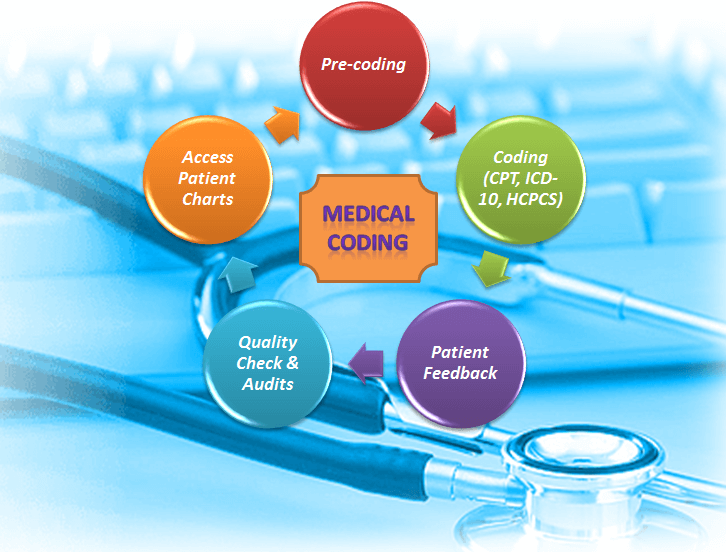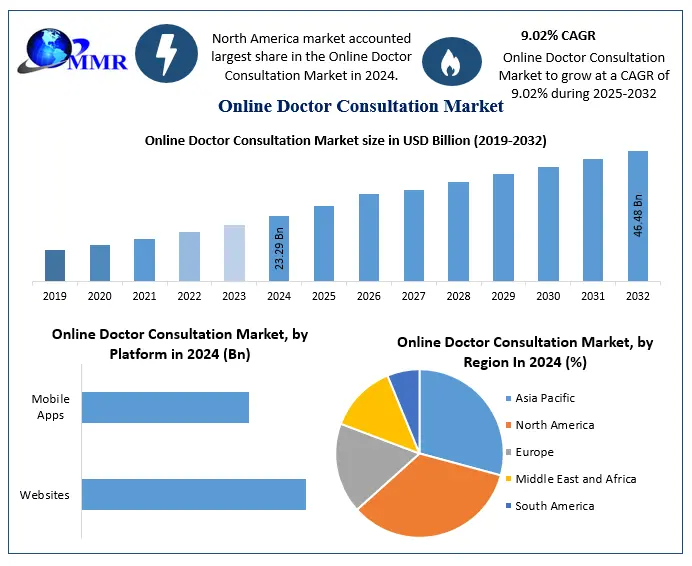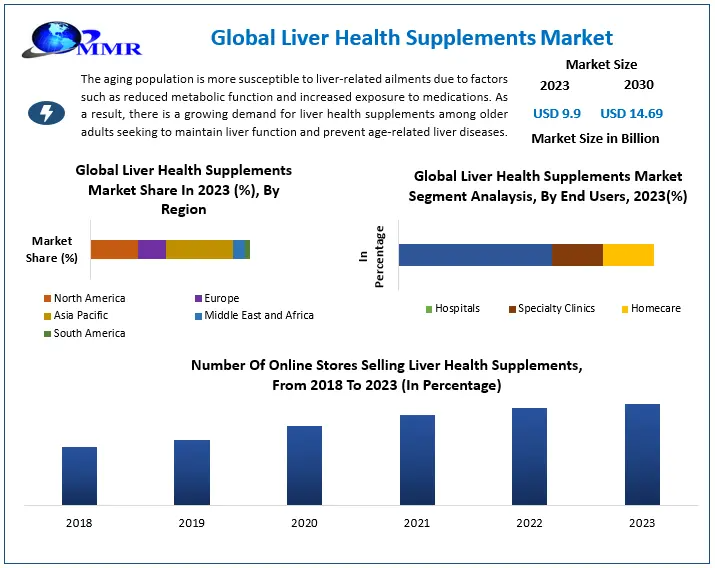Medical Coding Market to Exceed US $53 Billion by 2032, Driven by Digital Healthcare & Outsourcing Boom
Market Estimation & Definition
The Medical Coding Market was valued at approximately USD 23.17 billion in 2024, according to Maximize Market Research, and is projected to reach USD 53.21 billion by 2032, expanding at a CAGR of 10.95% between 2025 and 2032 .
Medical coding refers to translating clinical diagnoses, procedures, tests, treatments, and equipment into universal alphanumeric codes—for example, ICD, HCPCS, and CPT. It’s essential for healthcare billing, reimbursement, compliance, record-keeping, and data management. Automated and AI-driven coding platforms are gaining traction to support compliance and efficiency.
Market Growth Drivers & Opportunity
Key growth drivers include:
-
Rising healthcare service utilization: Increasing hospital admissions and chronic disease prevalence (e.g. cardiovascular, cancer, diabetes) are boosting demand for medical coding. The U.S. saw around 34 million hospital admissions in 2023 .
-
Stringent billing compliance: As part of the revenue cycle management, accurate coding reduces insurance claim denials and fraud—an imperative for providers .
-
Digitization & technological adoption: The implementation of EHR systems, computer-assisted coding, and AI-based tools is streamlining coding workflows . Notably, XpertDox’s AI-powered solution integrates in April 2024 .
-
Outsourcing to specialized vendors: Providers increasingly rely on outsourced medical coding to manage compliance complexity, reduce overheads, and tap expertise .
-
Skilled workforce shortages: With BLS projecting 8% growth in health information roles through 2032, there’s rising reliance on trained coders and automation .
Opportunities abound:
-
AI and LLM augmentation: Emerging research (e.g., two-stage LLM models for ICD-10 coding) shows potential for high accuracy in automated systems .
-
Expansion in emerging economies: Latin America, Asia-Pacific, and MEA are investing heavily in health IT infrastructure and standardization .
-
Regulatory enhancements: Updates in ICD-11 and coding standards globally are driving demand for compliant solutions .
-
Specialty verticals: Oncology, cardiology, and emergency medicine coding are high-value niches—oncology alone is projected to reach USD 12.1 billion by 2032 .
Segmentation Analysis (from the Maximize Report)
Based on the Maximize Market Research study, the Global Medical Coding Market is segmented as follows:
-
By Classification System
-
International Classification of Diseases (ICD)
-
Healthcare Common Procedure Code System (HCPCS)
-
Current Procedural Terminology (CPT)
The ICD segment holds the lion’s share by 2032, thanks to global adoption of universal diagnosis coding .
-
-
By Component
-
In‑house
-
Outsourced
Outsourced coding captures a larger share, driven by cost efficiency and compliance benefits .
-
-
By End-User
-
Hospitals
-
Diagnostic Centers
-
Other End Users (clinics, ASCs, physician practices)
Hospitals dominate due to high patient throughput and coding complexity .
-
Country-Level Analysis: USA and Germany
United States
-
The U.S. accounts for the bulk of North America’s market share—roughly 60% of global revenue .
-
Drivers: extensive hospital networks, compulsory coding guidelines (e.g., ICD-10-CM, CPT), outpatient documentation, and reliance on third-party coders. In 2023, admissions neared 34 million .
-
Innovation: AI-assisted platforms like XpertCoding are emerging. Demand for skilled coders is climbing, with 8% job growth forecasted through 2032 .
Germany
-
Part of Europe’s significant share (~over 20%). Germany’s market is bolstered by digital health records, ICD-10-GM standardization, and growing demand for coding accuracy .
-
The coding market is maturing rapidly due to precise billing needs, automation in hospital systems, and an aging demographic.
Commutator Analysis (Competitive & Regulatory Environment)
Competitive Landscape
Maximize’s report highlights major players: STARTEK Health, Aviacode, Parexel, Maxim Health Info, Precyse Solutions, Medical Record Associates, Verisk Analytics, nThrive, Oracle, 3M, Optum, Change Healthcare, The Coding Network, Conifer Health, iMedX, Humana, and others .
These companies compete via:
-
Expanding end-to-end solutions (software + services)
-
Embracing AI and cloud-native platforms
-
M&A strategies to broaden geographic coverage and client segments
Regulatory & Compliance Factors
-
U.S. requires adherence to ICD-10-CM, CPT, HCPCS, HIPAA, with strong emphasis on accurate revenue cycle coding to reduce claim denials .
-
Europe deploys ICD-10-GM and evolving national coding standards; GDPR also influences data handling.
-
Asia-Pacific & LATAM are increasingly adopting coding norms and EHR systems, accelerating outsourcing adoption .
Challenges
-
Workforce training: Shortage of skilled coders and continual need for upskilling.
-
Data sensitivity: Handling PHI demands strict security and data governance.
-
Technology complexity: Integrating AI tools with legacy systems poses integration hurdles.
Competitive & Technological Differentiators
-
Leading vendors emphasize AI-assisted coding, cloud deployment, and analytics.
-
Research in two-stage LLM frameworks indicates opportunities for high-precision automation (100% accuracy in ICD-10 CM in trials) .
-
Strategic M&A and partnerships are consolidating market presence, particularly in outsourcing services.
Conclusion
As global healthcare complexity deepens, the medical coding market is primed for sustained expansion. With projected values ranging from USD 50–90 billion by the early 2030s, the industry benefits from:
-
A strong push for cost-effective billing and compliance,
-
Rapid EHR adoption and AI-driven coding tools,
-
Outsourcing to meet staffing and regulation-driven needs,
-
Specialty-specific coding services (oncology, cardiology, emergency),
and significant opportunities in emerging economies.



